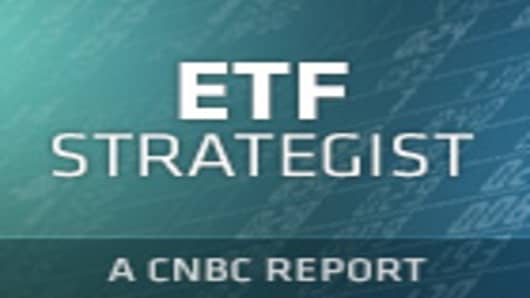In today's high-speed trading environment, ETFs can be bought and sold over and over during the trading day — not like mutual funds, which are priced once a day, and after the close of trading. Critics say this has contributed to increased volatility and the short-term trading mentality (which was associated with the so-called "Flash Crash"of 2010), but at the very least, such liquidity puts retail investors on an equal footing with larger ones.
What's more, in the global economy, where capital flows from one hemisphere or region to another and key commoditiesare more important than ever, ETFs give investors essential diversity. Though the majority are still U.S.- and equity-based, there are funds for almost everything in the investing universe, from green energy to emerging-marketcurrenciesto Nordic stocks.
The other key advantages are low cost (trading fees) and favorable tax exposure — in most cases taxable income can be deferred, while some funds don't have capital gains distributions or pay dividends.
It's worth noting, however, that all ETFs are not created equal. Some are unusually narrow in focus, the antithesis of diversification. Others are leveraged, based not on actual securities and/or indices but derivatives based on an underlying index, and seek to outperform, not mirror what they track.
The verdict on ETFs is still out. Not even 20 years old, the industry's track record is not a long one; many ETFs are not much more than 5 years old.
Our special report,"ETF Strategist," gives investors a better understanding of the wide world of ETFs, providing the pros and cons of investing in various asset classes and sectors (and related portfolios) that offer diversification.
Check out our five editions: fixed income, commodities, emerging markets, technologyand currencies.



